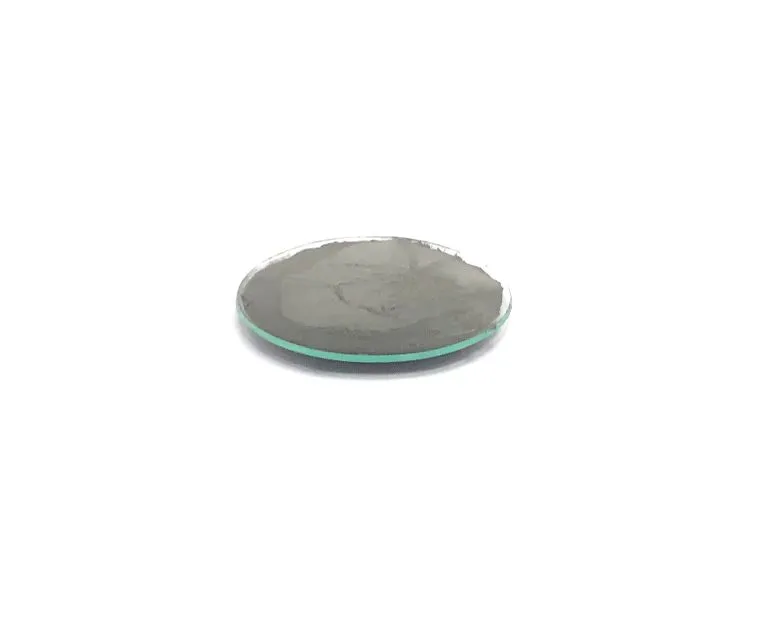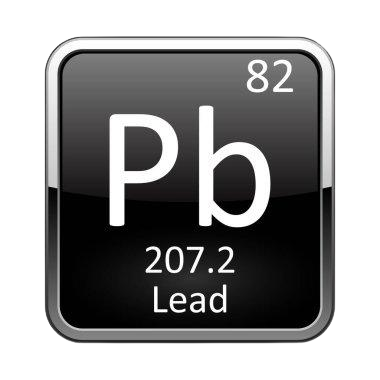

| TRADE NAME | PURITY | PARTICLE SIZE | A. D. (g/cm3) | T. D. (g/cm3) | OXYGEN | MORPHOLOGY |
|---|---|---|---|---|---|---|
| LMP | 99.5 | <63 MICRONS | 3.0-3.4 | 3.4-3.8 | <0.4 | IRREGULAR |


| TRADE NAME | PURITY | PARTICLE SIZE | A. D. (g/cm3) | T. D. (g/cm3) | OXYGEN | MORPHOLOGY |
|---|---|---|---|---|---|---|
| LMP | 99.5 | <63 MICRONS | 3.0-3.4 | 3.4-3.8 | <0.4 | IRREGULAR |
In Lead powder manufacturing process the lead is melted in a crucible, the liquid metal flows out of an hole, of precise dimensions, in the bottom of the crucible and more molten metal is added to maintain a constant level – this will ensure a constant rate of flow through the hole in the bottom of the crucible. The metal flows into a gas jet that has been heated to about 200℃ and is dispersed into small particles up to a few microns in size.
Lead powder is a dark gray heavy metal powder that is denser than most common materials and has a low melting point. Its high density and resistance to corrosion make it a good ballast in sailboat keels, and also in scuba diving weight belts.
Lead powder has many uses in powder metallurgy, including:
| Lead | Values |
|---|---|
| Molecular Weight | 207.2 |
| Appearance | Bluish white |
| Melting Point | 327.502 °C |
| Boiling Point | 1740 °C |
| Density | 11.35 g/cm3 |
| Solubility in H2O | N/A |
| Electrical Resistivity | 20.648 microhm-cm @ 20 °C |
| Electronegativity | 1.8 Paulings |
| Heat of Fusion | 1.224 Cal/gm mole |
| Heat of Vaporization | 42.4 K-Cal/gm atom at 1740 °C |
| Poisson's Ratio | 0.44 |
| Specific Heat | 0.038 Cal/g/oK @ 25 °C |
| Tensile Strength | N/A |
| Thermal Conductivity | 0.353 W/cm/K @ 298.2 K |
| Thermal Expansion | (25 °C) 28.9 µm·m-1·K-1 |
| Vickers Hardness | N/A |
| Young's Modulus | 16 GPa |
© Serena. All rights reserved.